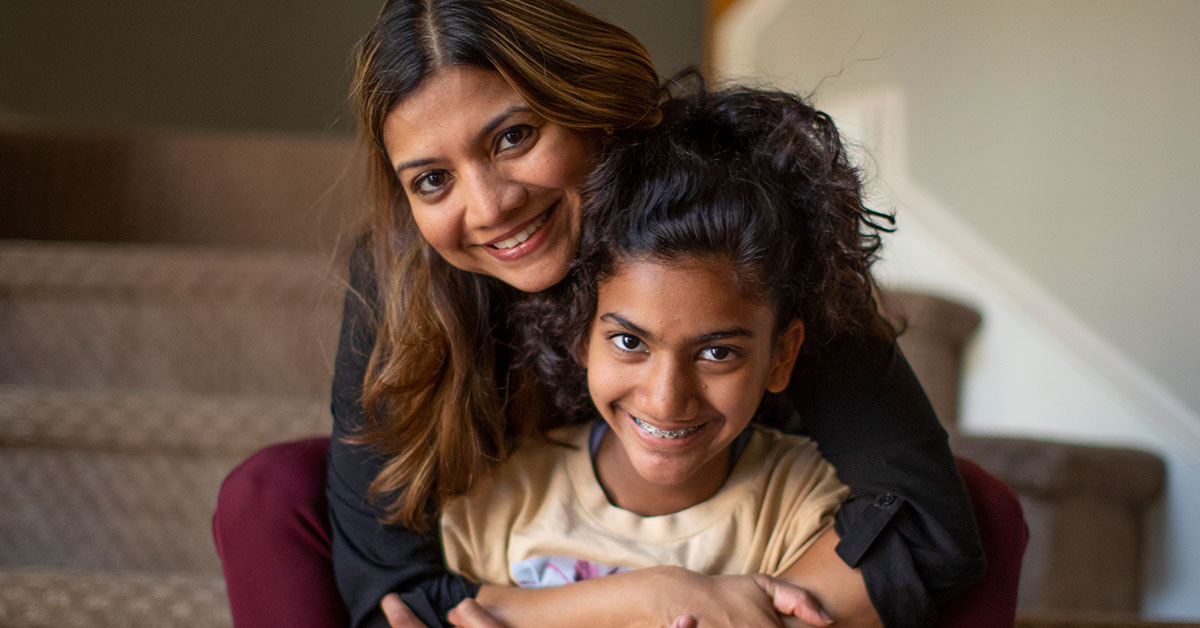Locations
Alaska
Statistics on children, youth and families in Alaska from the Annie E. Casey Foundation and the Alaska Children's Trust

Children under age 18 with disabilities by gender
Downloading image...

Definition and Source
PROVIDER
Definition
Percentages are based on the number of children under age 18 by sex with disabilities out of the total number of children under age 18 by sex in the state or Alaska Public Health Region.
According to the US Census Bureau, anyone who reports any of the following six disability types are considered to have a disability:
1. Hearing Difficulty - deaf or having serious difficulty hearing (DEAR).
2. Vision Difficulty - blind or having serious difficulty seeing, even when wearing glasses (DEYE).
3. Cognitive difficulty - because of a physical, mental, or emotional problem, having difficulty remembering, concentrating, or making decisions (DREM).
4. Ambulatory difficulty - having serious difficulty walking or climbing stairs (DPHY).
5. Self-care difficulty - having difficulty bathing or dressing (DDRS).
6. Independent living difficulty - because of a physical, mental, or emotional problem, having difficulty doing errands alone such as visiting a doctor's office or shopping (DOUT).
Source: https://www.census.gov/topics/health/disability/guidance/data-collection-acs.html
According to the US Census Bureau, anyone who reports any of the following six disability types are considered to have a disability:
1. Hearing Difficulty - deaf or having serious difficulty hearing (DEAR).
2. Vision Difficulty - blind or having serious difficulty seeing, even when wearing glasses (DEYE).
3. Cognitive difficulty - because of a physical, mental, or emotional problem, having difficulty remembering, concentrating, or making decisions (DREM).
4. Ambulatory difficulty - having serious difficulty walking or climbing stairs (DPHY).
5. Self-care difficulty - having difficulty bathing or dressing (DDRS).
6. Independent living difficulty - because of a physical, mental, or emotional problem, having difficulty doing errands alone such as visiting a doctor's office or shopping (DOUT).
Source: https://www.census.gov/topics/health/disability/guidance/data-collection-acs.html
Data Source
American Community Survey 5-year estimates for 2009–2013 through 2019–2023
Table B18101: SEX BY AGE BY DISABILITY STATUS - Universe: Civilian non-institutionalized population
Table B18101: SEX BY AGE BY DISABILITY STATUS - Universe: Civilian non-institutionalized population
Last Updated
January 2025